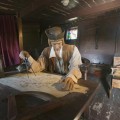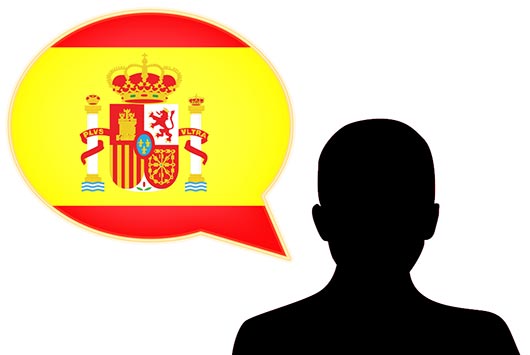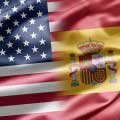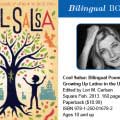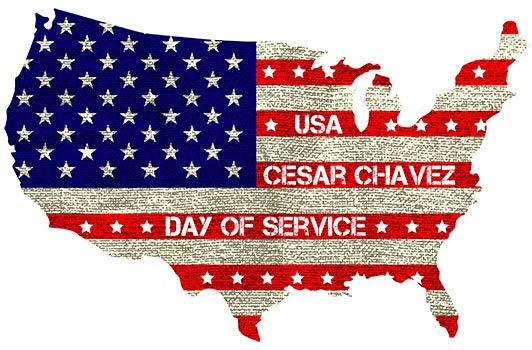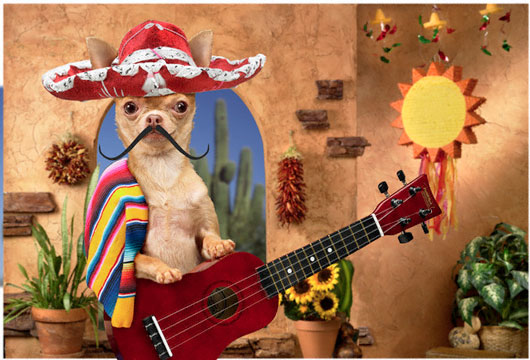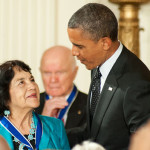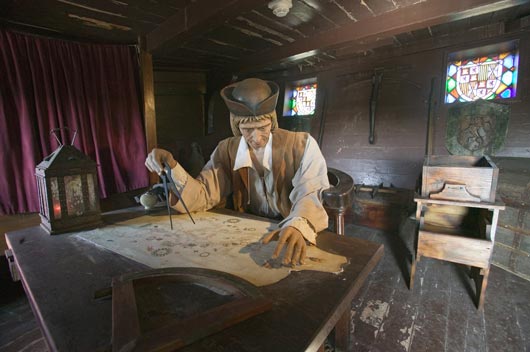
The accepted story of Christopher Columbus goes something like this: He was born to a Genoese weaver, wool merchant and cheese seller, but went to sea at an early age. After a long career sailing and trading in the Mediterranean, he made his famous proposal to King Ferdinand of Aragon and Queen Isabella of Castile, to reach Asia by sailing west across the North Atlantic. After four voyages to the New World and a brief imprisonment, he retired to a monastery in Spain, where he penned an autobiography and died.
That’s the accepted story of Columbus. But, historians reviewing the available source materials for Columbus’ life (his autobiography, a biography written by his son, various letters and book notations written by Columbus, stories told by contemporaries and past historical research) have encountered problems, including gaps in information and statements that seem to conflict with the accepted narrative, etc.
Read Related: 7 Hispanic Heritage Sites Across the Americas
Of course, the biggest problem is simply time. At 500+ years of age, Columbus’ story is hard to check. Some source materials are known, or are suspected to be, copies, or even forgeries, of older materials. Obviously, anyone who knew the famous mariner in life is long dead. So, here is a list of Christopher Columbus myths, in chronological order, including the mysteries and misunderstandings surrounding Columbus’ life and death.
1. He may not have been Italian.
The story of the birth of Columbus to the family of a Genoese wool merchant was only established by an Italian researcher in the late 19th Century. He located birth records from 1450 or 1451 indicating the birth to the wool merchant of a son named Cristoforo Colombo. But, there is no direct evidence to connect the historic Columbus with this infant. Further, Columbus always referred to his last name as Colon, a name that is Catalan Spanish. So, it is possible that Columbus was a Catalan who posed as Genovese.
2. He may have started out as an enemy of King Ferdinand.
Modern Spain was created by Ferdinand of Aragon out of a group of small, warring nations. In the 1470s, a coalition of wealthy, noble merchants in Catalonia, including the Colon family, waged war against Ferdinand’s proposed union. They ultimately were forced to accept Aragonese control. Young Cristobal Colon may have adopted the Italian name, Cristoforo Colombo to escape identification as a former enemy of the crown.
3. Columbus was not the first to “discover” America.
It used to be pretty well established that Columbus was the first Old Worlder to discover America. Historians no longer consider this to be true. The Norse, from Greenland and Iceland, explored the coast of Labrador, in Canada, just prior to the year 1000 A.D. Pictish, Irish and Welsh explorers possibly reached North America before the Norse. A Danish expedition reached Greenland about a century before Columbus, and Basque whale hunters and Bristol fishing fleets were in Arctic Canadian waters about the same time as Columbus’ voyages. In the Pacific, a Japanese people settled in Peru during ancient times and Chinese and Polynesian voyagers reached the coasts of the Americas during the Middle Ages. In all cases, they made confirmed or presumed contact with indigenous peoples who had long called “the Americas” home and who were not waiting to be discovered.
4. People in Columbus’ time did not believe that the world was flat.
Scientists, sailors and educated people believed since ancient times that the Earth was round. The idea that Columbus proved to the scholars of his day that the Earth was round, and not flat, was popularized by American novelist Washington Irving (he of Rip Van Winkle and Headless Horseman fame) in 1828. The real historical dispute between Columbus and Ferdinand’s geographers was over the size of the Earth. The geographers thought that the shores of Asia were much farther away than Columbus’ estimates. We now know that the geographers were right and Columbus was wrong. But, no one in the Spanish Court in 1492 suspected that a whole “New World” lay between Columbus and his dream of Asian wealth.
5. His remains may be in several places.
After Columbus’ death in Valladolid, Spain in 1506, his remains were moved to a monastery near Seville in 1509. Then, in 1537, his daughter-in-law had his remains removed to a church in Hispaniola (modern Dominican Republic). In 1795, when Spain ceded Hispaniola to France, Spanish authorities supposedly removed at least a portion of the remains to Havana, Cuba. However, in 1898, during the Spanish-American War, the remains were moved again; this time back to Seville. This created a confusing situation, with all of these locations claiming to hold at least some of Columbus’ remains. A 2006 study of the Seville remains seems to indicate that these bones belong to Columbus. But, this does not rule out the other candidates having some of his remains, as well.
Whatever the truth of Columbus’ life and death, his voyages marked a new stage in world history. For better or worse, our modern world is inconceivable without the achievements of Christopher Columbus.

